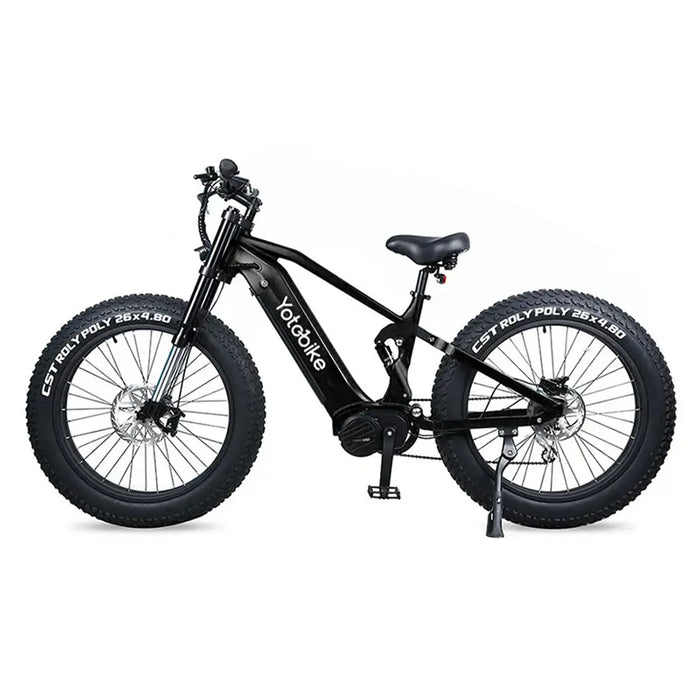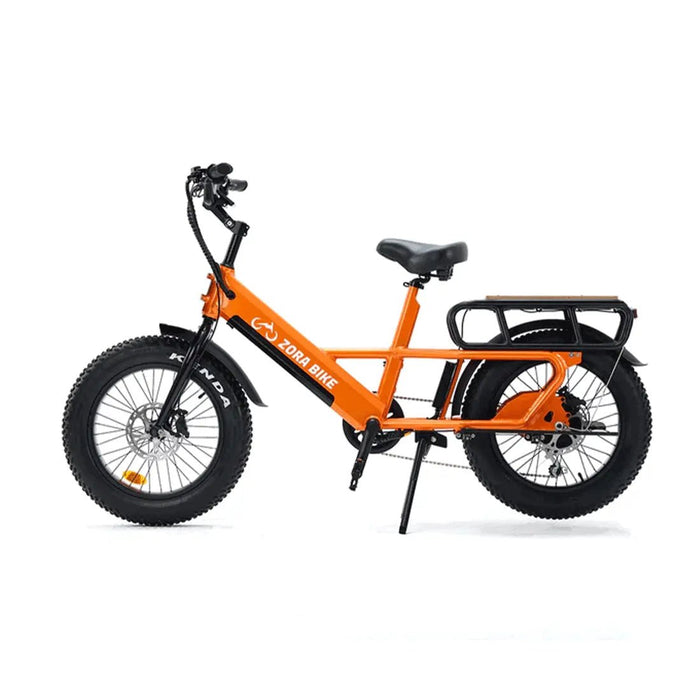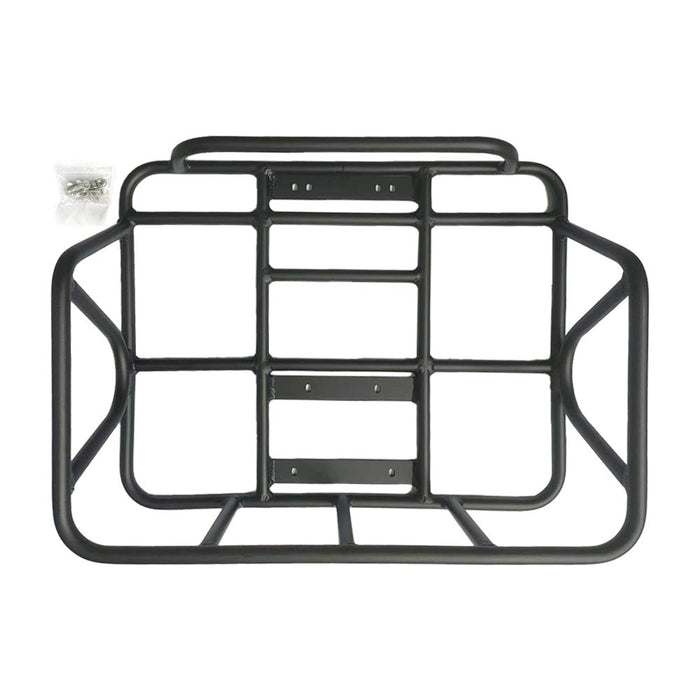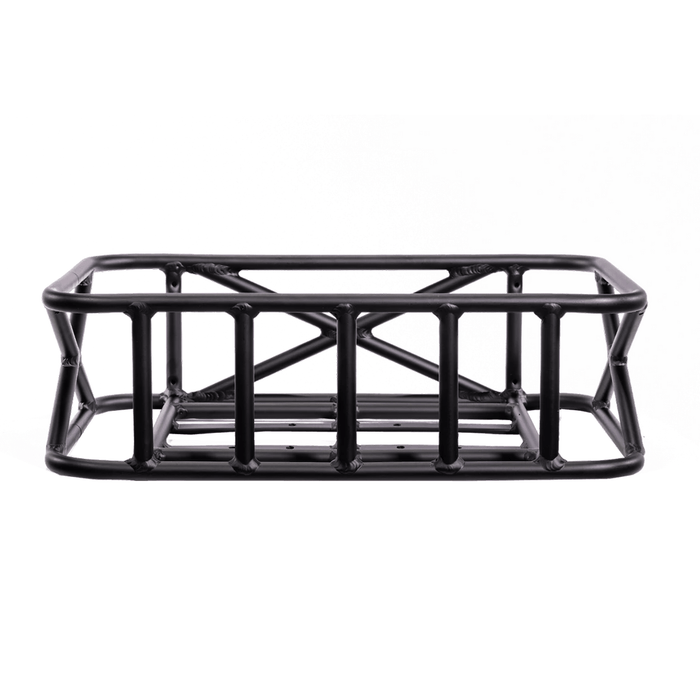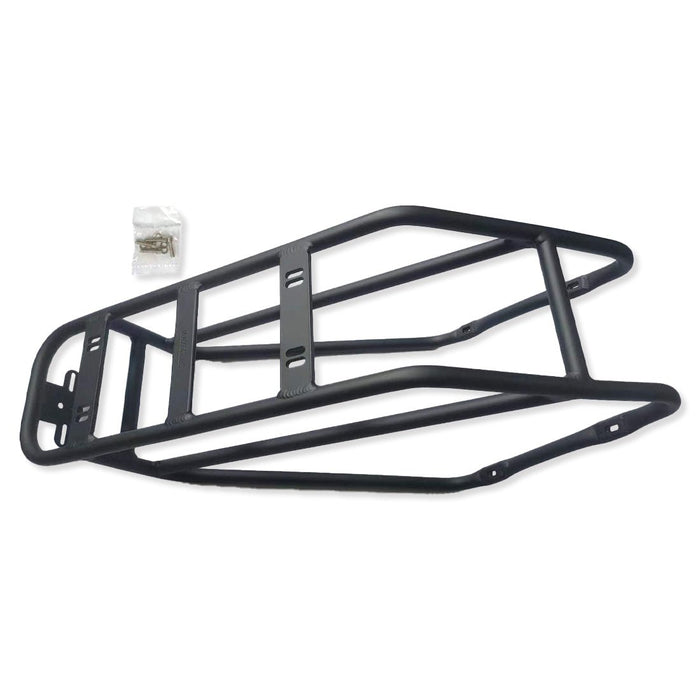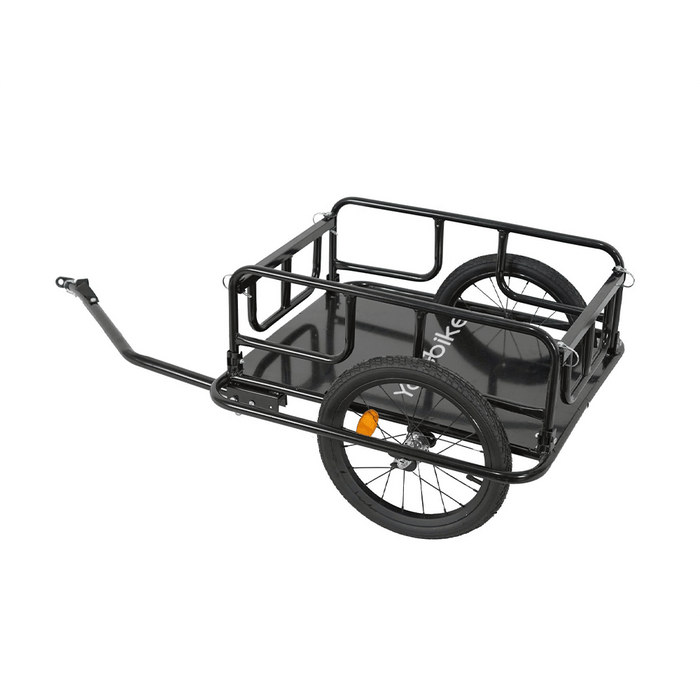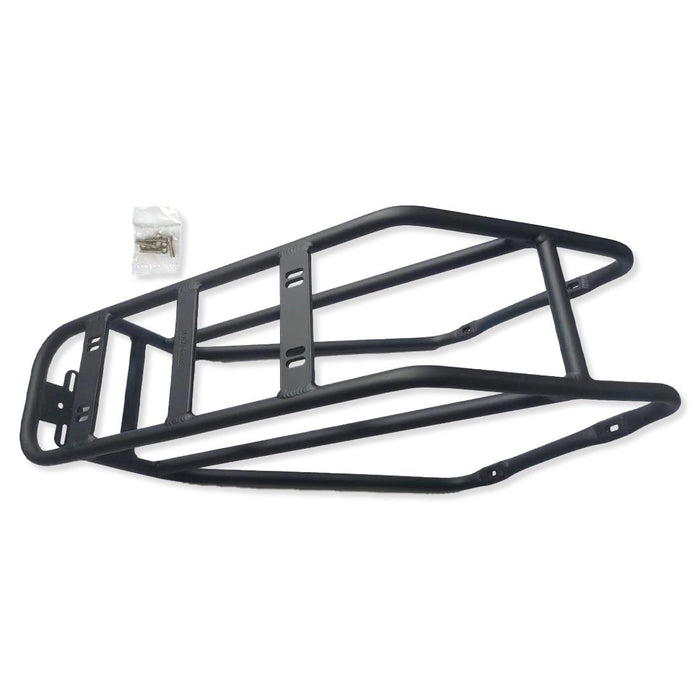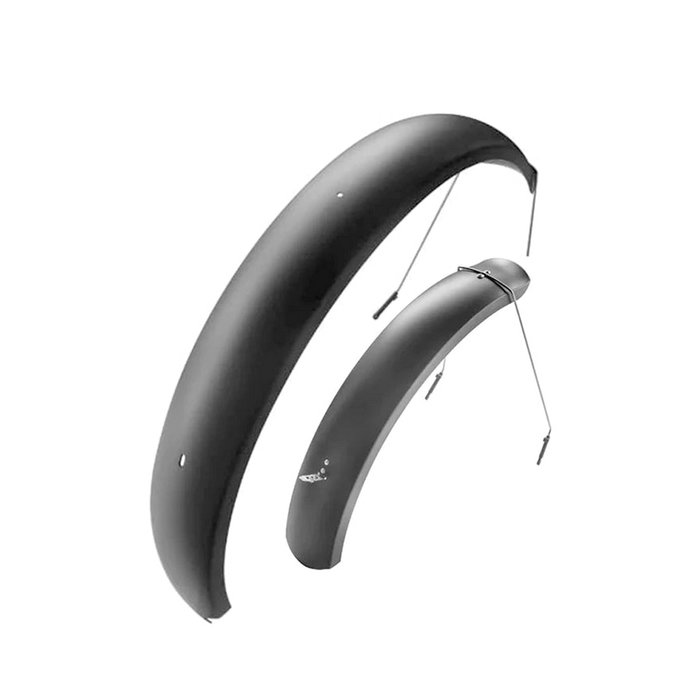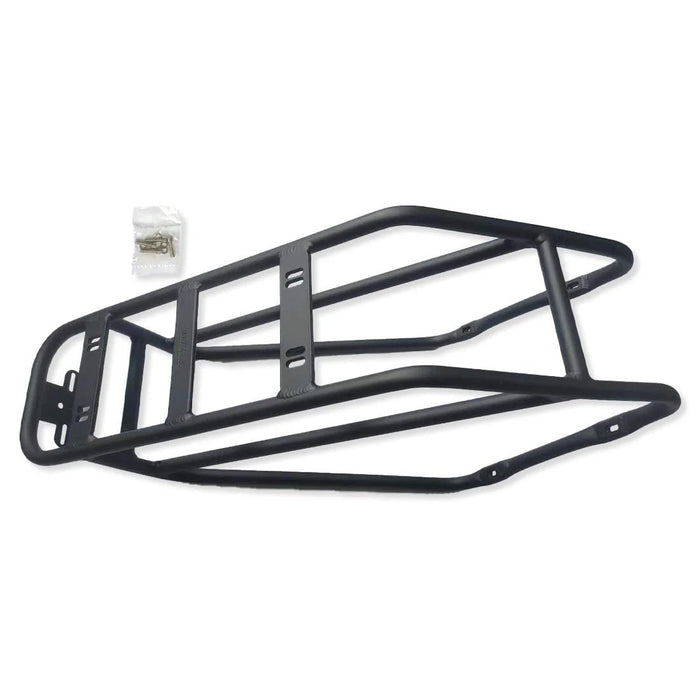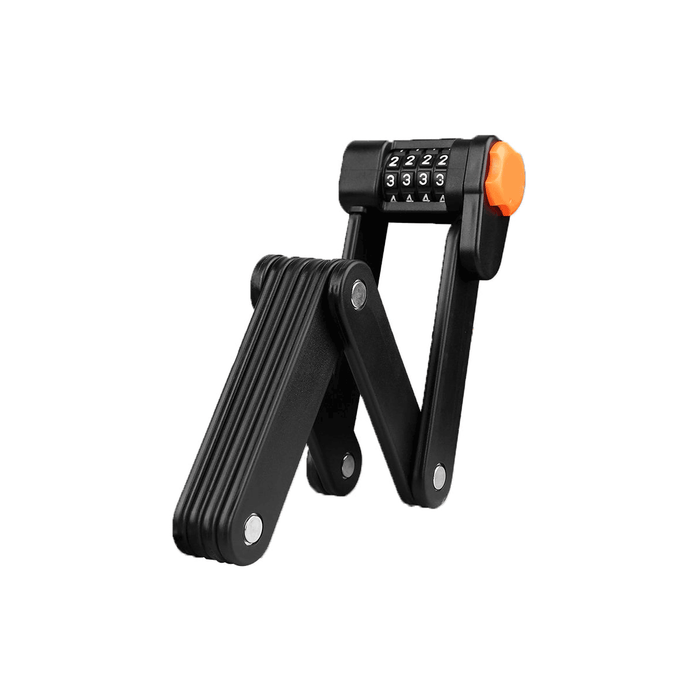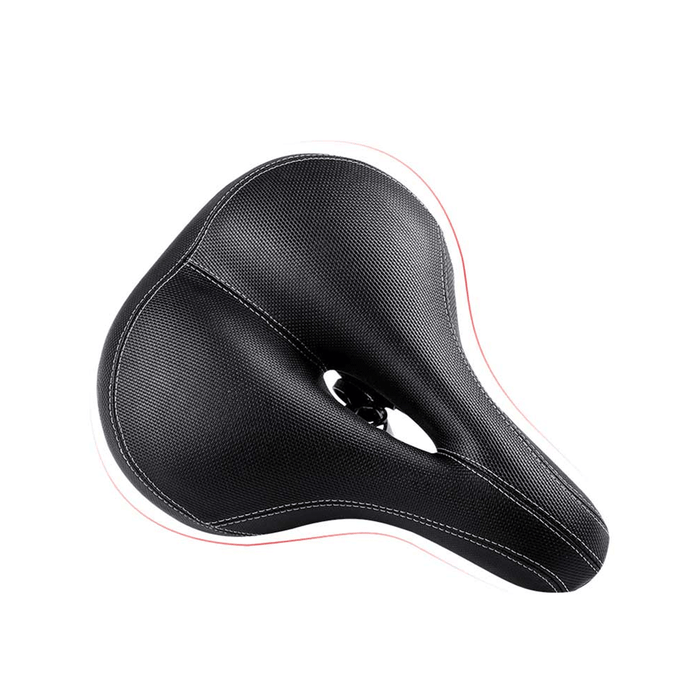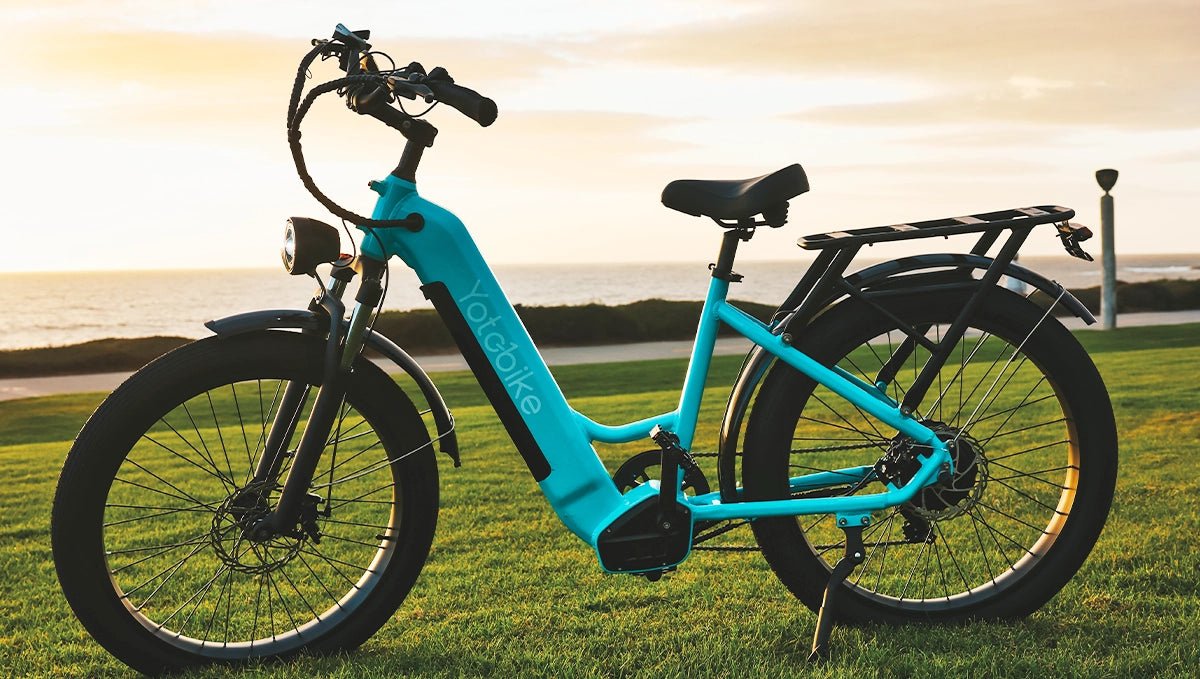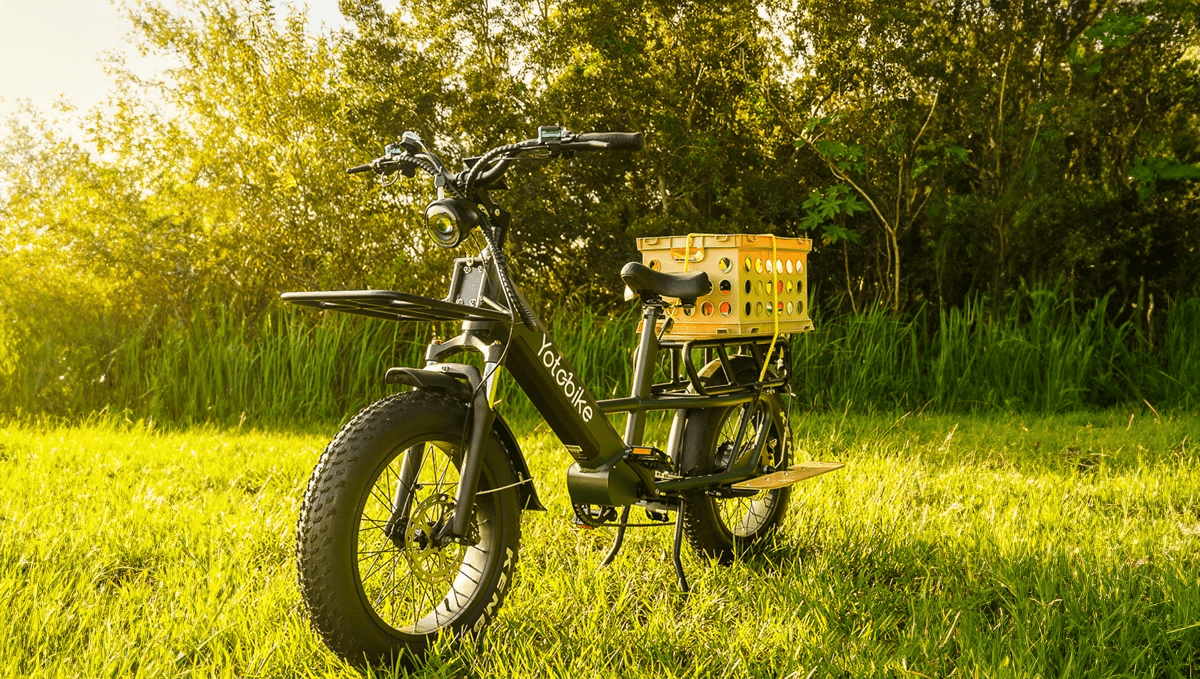
Electric bikes, or e-bikes, are a popular choice for many looking to combine convenience with eco-friendliness. However, one common question that arises is, "How long do electric bikes last?"
Understanding the lifespan of an e-bike requires a look at various factors, including its components and how they are maintained. This article delves into the average lifespan of an electric bike, the key components affecting its longevity, and how you can extend its life through proper care and maintenance.

What Is the Average Lifespan of an Electric Bike?
To understand how long do ebikes last, it’s essential to look at the lifespan of their various components. Generally, a well-maintained e-bike can last between 5 to 10 years or even longer.
The battery, a crucial part of the e-bike, usually has a lifespan of 3 to 5 years. This duration depends on how often you ride and charge the bike.
The motor, which powers the bike, generally lasts between 5 to 10 years, again depending on usage and maintenance. The bike's frame is usually the most durable component, often lasting over 10 years, especially if it is well-built from high-quality materials like aluminum or steel.
When it comes to other components such as tires, brakes, and gears, their lifespan can vary. Typically, these parts need to be replaced every 1 to 3 years, depending on how frequently you use your e-bike and the conditions in which you ride.
By understanding these expected lifespans, you can better plan for maintenance and replacement to keep your electric bike in optimal condition for years to come.
Key Components That Affect Electric Bike Longevity
With a grasp of the average lifespan, it's crucial to dive deeper into the specific components that influence how long an electric bike lasts. Each part plays a vital role in the bike's overall durability.
Battery Life
The battery is fundamental to an electric bike's operation, supplying power to the motor. Most e-bike batteries last between 500 to 1,000 charge cycles before their performance starts to degrade. This generally translates to a few years of usage, depending on riding and recharging habits. To maximize battery life, avoid letting it drain completely and refrain from charging it fully every time.
Motor Durability
The motor is another critical component that impacts how long an electric bike lasts. It transforms the energy from the battery into motion. A well-constructed motor should last up to 10,000 miles or more.
Frame And Build Quality
Next, consider the frame of an electric bike. The frame supports all other components and is crucial for overall durability. High-quality frames made from materials like aluminum or steel can endure years of use. Often, the frame outlasts other components. Investing in a bike with a strong frame and reputable build quality ensures long-term reliability.
Factors That Impact the Lifespan of an Electric Bike
Beyond the components themselves, several external factors also influence how long an electric bike lasts. Understanding these factors can help you take better care of your bike and enhance its longevity.
Usage Frequency
The frequency of use plays a significant role in the lifespan of an e-bike. Frequent riding, especially on rough or uneven surfaces, can cause more wear and tear on the bike’s components. Conversely, occasional use with gentle riding can contribute to a longer lifespan.
Charging Habits
Charging habits significantly impact battery longevity. Consistently allowing the battery to drain completely or charging it to 100% can lead to faster degradation. Following best practices, can help extend its life.
Maintenance Habits
Regular maintenance is crucial for extending the life of an electric bike. Regularly cleaning, inspecting, and servicing various components can prevent minor issues from becoming major problems. Proactive maintenance ensures that the bike remains in good working condition for a longer period.
Terrain and Riding Conditions
The type of terrain and riding conditions you encounter also affect the bike’s lifespan. Riding on rough or uneven surfaces can accelerate wear on tires, brakes, and other components. Similarly, riding in extreme weather conditions can impact the bike’s durability. Certain bike models, like a fat tire electric bike, are designed to handle rough or uneven surfaces more effectively. However, regular maintenance is still crucial to ensure long-term durability.
Tips to Extend the Life of Your Electric Bike
To get the most out of your electric bike, consider these practical tips to help extend its lifespan. Proper care and mindful usage can make a significant difference.
1. Efficient Charging
Charge your battery according to the manufacturer’s advice. Aim to keep the charge between 20% and 80% to prevent unnecessary wear.
2. Proper Storage
Store your e-bike and battery in a dry, temperature-controlled space. Keeping it away from extreme heat or cold helps protect the components.
3. Regular Cleaning
Clean your e-bike regularly to remove dirt and grime. This ensures your bike stays in top shape and performs at its best.
4. Regular Tune-Ups
Schedule routine maintenance and address small problems early on to avoid major repairs down the road.
5. Mindful Riding
Use your e-bike within its capabilities, avoid rough terrain where possible, and utilize pedal-assist in moderation to reduce stress on the bike.
Signs for Replacing Your Electric Bike or Its Components

Eventually, you may need to replace certain components of your e-bike. Recognizing the signs for replacement can help you maintain optimal performance and safety.
Motor
If you experience a significant drop in performance, hear unusual noises, or the motor ceases to function, it might be time to replace or repair it. Regular performance checks can help identify when the motor needs attention.
Batteries
An ebike battery that no longer holds a charge effectively or shows a significantly reduced range indicates that it may need replacing. Regularly monitoring battery performance can help determine when it's time for a new one.
Tires
Worn or damaged tires can affect both safety and performance. Replace tires if you notice significant wear, such as bald spots or punctures, to ensure safe riding.
Brakes
Brakes that squeak, feel spongy, or are less effective need immediate attention. Regularly check and replace brake pads to maintain safe stopping power.
Chains
A worn-out chain can cause shifting issues and affect overall performance. Replace the chain if you experience slipping or poor shifting.
Display
If the display malfunctions or shows incorrect information, it may need to be replaced. An accurate display ensures you receive correct feedback on battery life, speed, and other metrics.
Investing in a high-quality electric bike, such as the Yotobike, can also contribute to a longer lifespan. Quality components and robust build materials help enhance durability and performance over time.
Conclusion
In summary, understanding how long do electric bikes last involves examining the lifespan of various components and factors affecting durability. By focusing on proper maintenance, mindful usage, and timely replacements, you can ensure that your e-bike serves you well for many years. A well-maintained electric bike not only lasts longer but also performs better, providing a more enjoyable and reliable riding experience.
FAQs
How long does a fully charged electric bike last?
A fully charged electric bike typically lasts between 20 to 70 miles, depending on factors like battery size, riding conditions, and assist level. On flat terrain with moderate assist, you might get closer to the upper end of that range.
How many miles will an ebike motor last?
An e-bike motor generally lasts up to 10,000 miles or more with proper maintenance. Its lifespan can vary based on riding habits, terrain, and how well the motor is maintained.
Can an ebike battery last 10 years?
An e-bike battery usually lasts between 3 to 5 years before showing significant wear. It’s unlikely to last 10 years, though proper care, like avoiding full discharges and extreme temperatures, can help extend its life.




